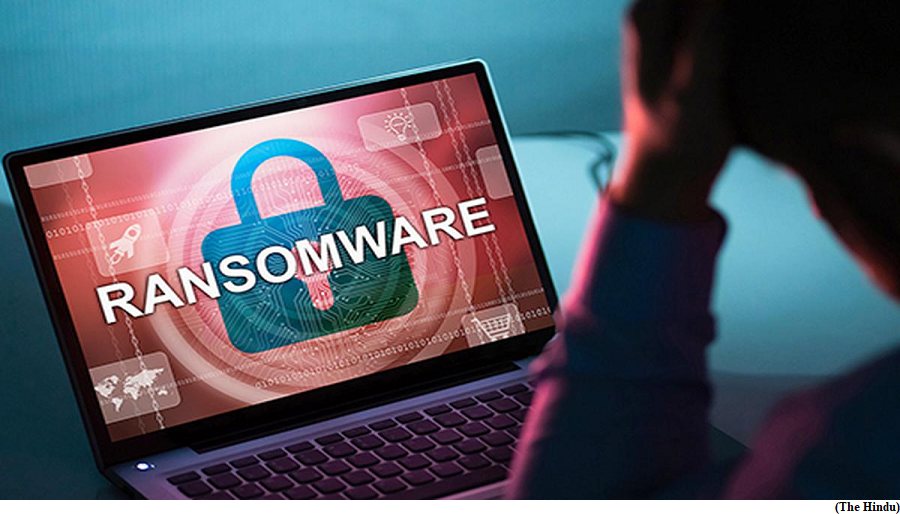How can a juvenile be tried as an adult in Court? (GS Paper 2, Social Justice)

Why in news?
- The National Commission for Protection of Children (NCPCR) has recently issued guidelines for conducting a preliminary assessment by the Juvenile Justice Board (JJB) under Section 15 of the Juvenile Justice Act, 2015 (JJ Act, 2015).
- This preliminary assessment is to ascertain whether a juvenile can be tried as an adult.
- Replacing the Juvenile Justice Act, 2000, the 2015 Act, for the first time, provided for trying juveniles in the age group of 16-18 as adults in cases of heinous offences.
How does a child get tried as adult?
- The Act has categorised the offences committed by children into three categories; petty offences, serious offences, and heinous offences.
- Section 15 of the JJ Act provides that in case of a heinous offence alleged to have been committed by a child, who has completed or is above the age of sixteen years, the Board shall conduct a preliminary assessment regarding his mental and physical capacity to commit such offence, ability to understand the consequences of the offence and the circumstances in which he allegedly committed the offence.
- Section 18 (3) of the Act further suggests that, if the Board, after preliminary assessment under section 15 passes an order that there is a need for trial of the said child as an adult, then the Board may order the transfer of the case to the Children’s Court having jurisdiction to try such offences.
- Thus, the sole objective of having such a preliminary assessment is to determine whether a child within the age group of 16-18 years should be tried as an adult in case of heinous offences.
What are the responsibilities of the Board?
- The guidelines further make it clear that the JJB shall be responsible for the preliminary assessment and provide the child, the child’s family, and their counsel a copy of the order.
- It further states that in case the JJB does not have at least one member who is a practising professional with a degree in child psychology or child psychiatry, the Board shall take the assistance of psychologists or experts who have the experience of working with children in difficult times.
- The child should also be provided with a legal aid counsel through the District Legal Services Authority who shall be present during the preliminary assessment.
- One of the important aspects of the guidelines is that it mandates experts, who have the required qualification to assist the JJB, to undergo training concerning Section 15 of the JJ Act, 2015
- During the preliminary assessment, the Board and experts shall also analyse and take into consideration the Social Investigation Report (SIR), to be prepared by the Probation officer or Child Welfare Officer or any social worker, or a Social Background Report (SBR) to be prepared after interaction with the child or child’s family.
What next?
- The NCPCR is under a statutory obligation under Section 109 of the JJ Act, 2015 to monitor the proper implementation of the provisions of the Act.
- The guidelines have been made to remove any ambiguity and to clarify the steps that need to be followed while conducting the preliminary assessment.
- However, the major issue remains the implementation and absorption of these principles in the system, particularly to be followed by the JJB and the Children’s Court.
- A lot of principles which have been made a part of the Act have not been given due prominence by the Board as well as by the Children’s Court.
What is LockBit ransomware and how is it specifically targeting Apple computers?
(GS Paper 3, Science and Tech)
Why in news?
- Recently, reports emerged that LockBit ransomware was found to be targeting Mac devices.

Details:
- Cybercriminals have developed new ransomware encryptors designed to target macOS devices, making this the first major ransomware operation to specifically target Apple computers.
- The same gang was also reportedly behind a cyber-attack on U.K. postal services in 2023, causing international shipping to grind to a halt.
What is LockBit ransomware?
- First reported in September 2019 and dubbed the “abcd” virus, due to the file extension used when encrypting victim’s files, the LockBit ransomware is designed to infiltrate victims’ systems and encrypt important files.
- The virus is categorised as a “crypto virus” due to its requests for payment in cryptocurrency to decrypt files on the victim’s device.
- The gang behind the LockBit ransomware reportedly maintains a dark web portal to recruit members and release data of victims who refuse to meet their demands, as part of their business model.
- In the past, LockBit ransomware has been used to target enterprises and organisations in the U.S., China, India, Ukraine, and Indonesia. Attacks have also been recorded throughout Europe, including France, Germany, and the U.K.
Why is LockBit targeting macOS?
How does LockBit ransomware work?
- It works as a self-spreading malware, not requiring additional instructions once it has successfully infiltrated a single device with access to an organisational intranet.
- It is also known to hide executable encryption files by disguising them in the .png format, thereby avoiding detection by system defences.
- Attackers use phishing tactics and other social engineering methods to impersonate trusted personnel or authorities to lure victims into sharing credentials.
- Sometimes, the ransomware has also used brute force to gain access to the intranet server and network of an organisation.
- Once it has gained access, the ransomware prepares the system to release its encryption payload across as many devices as possible. It then disables security programs and other infrastructures that could permit system data recovery. The goal is to ensure that data recovery without assistance from the LockBit gang is impossible.
Who is behind the ransomware?
How do we protect systems against the LockBit ransomware?
- While there are no fool-proof ways of protecting against ransomware attacks, organisations and individuals can take certain steps to increase resilience against such cyber threats.
- The use of strong passwords, with strong variations of special characters which are not easy to guess along with multi-factor authentication should be implemented. This ensures the use of brute force will not be enough to compromise systems.
- Organisations can also undertake training exercises to educate employees on the use of phishing attacks and their identification. Old and unused user accounts should be deactivated and closed as they can become weak links in the security apparatus.
- Additionally, organisations and individuals should have an understanding of cybersecurity threats and vulnerable points that may be exploited by cybercriminals.



